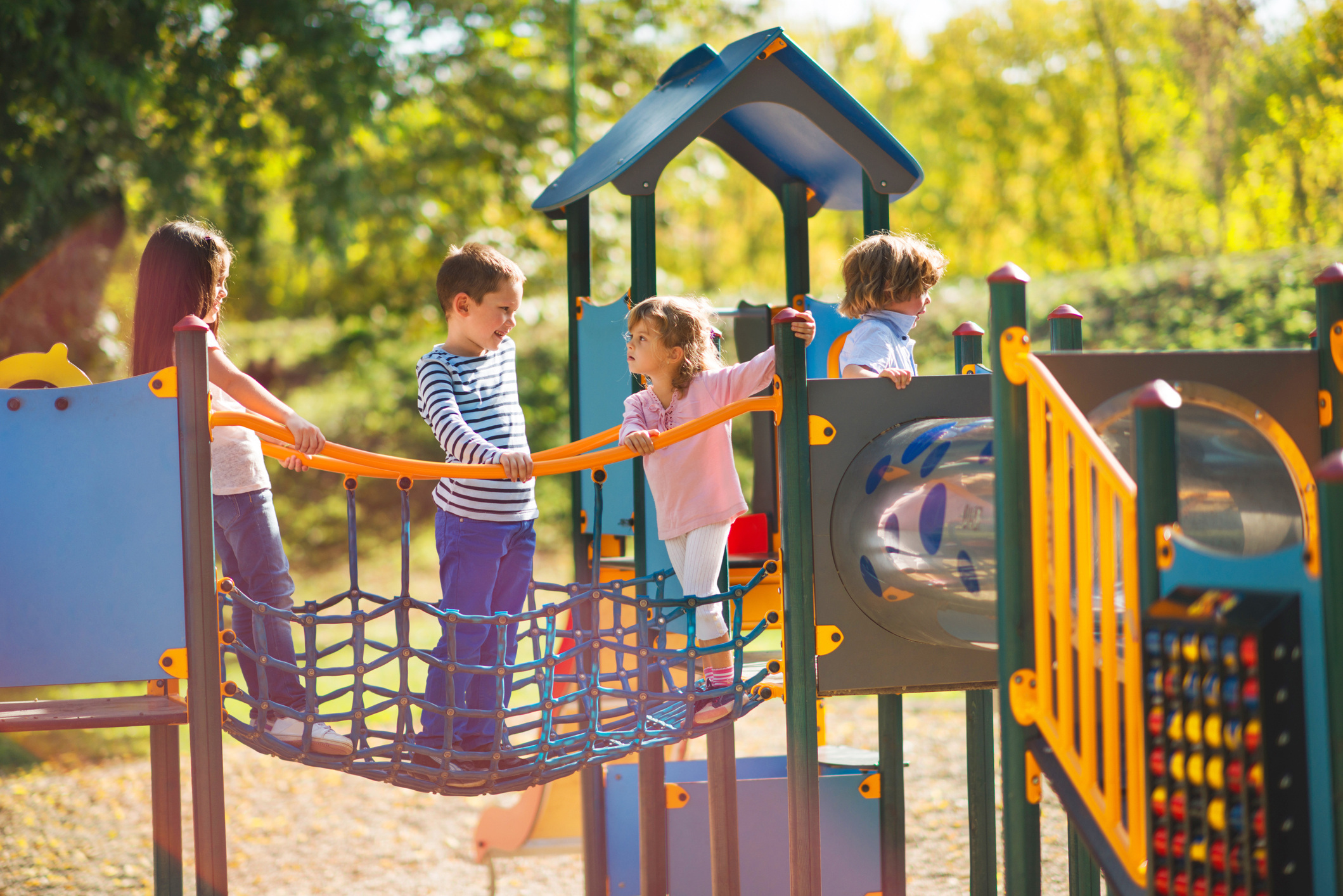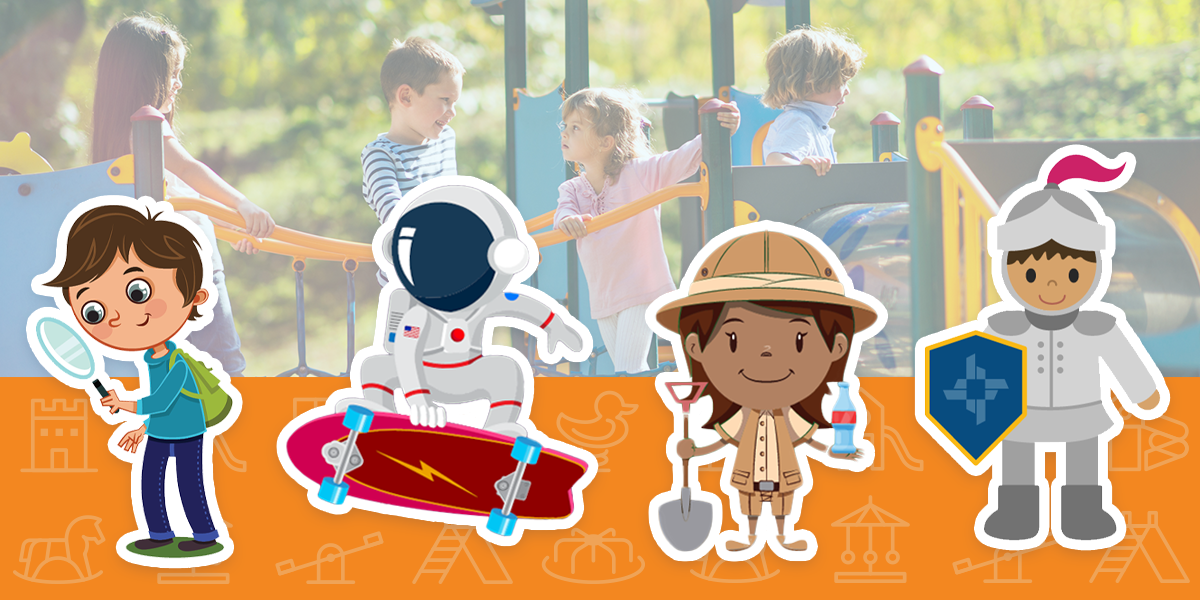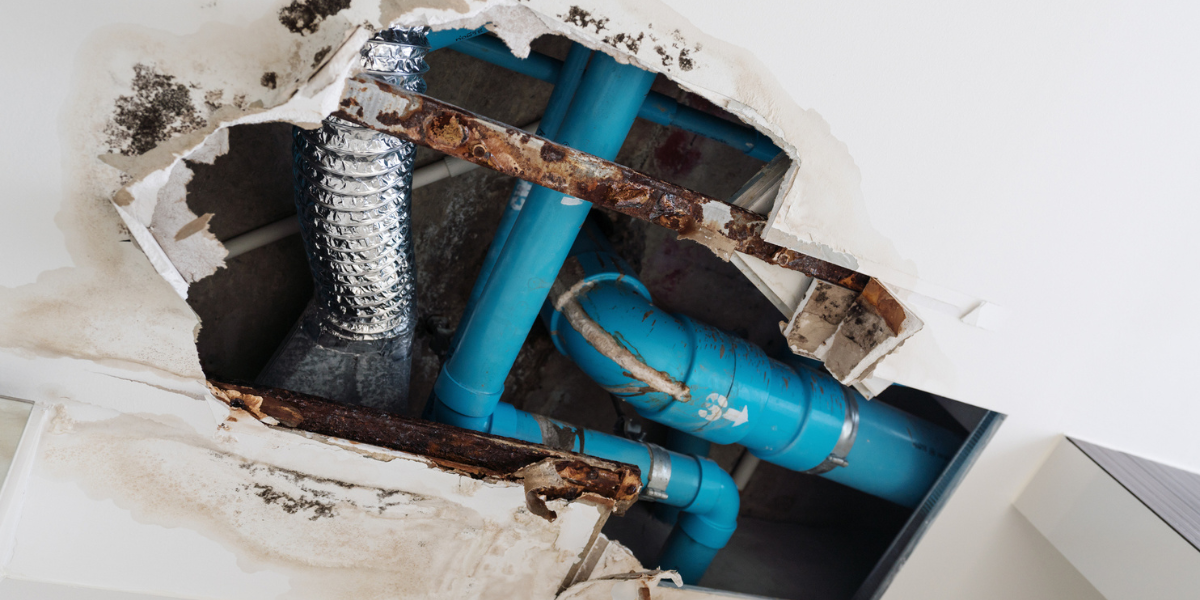The Importance of playground safety (by the numbers)
Each year, hospital emergency rooms treat more than 200,000 children ages 14 and younger for playground-related injuries, according to the U.S. Consumer Product Safety Commission (CPSC).
-
Among those injuries, 45 percent are considered severe and include fractures, internal injuries, dislocations, concussions, and amputations
-
On average, 17 children die annually as a result of playground accidents. Of those deaths, 56 percent are from strangulation and 20 percent are from falls.
-
About 75 percent of non-fatal injuries occurred on public playgrounds (schools and daycare centers).
-
On public playgrounds, more injuries occur on climbers than on any other equipment.
-
Children ages 5 to 9 have a higher rate of emergency department visits for playground injuries than any other age group.
There are two major sources of guidelines and standards for playground safety that can be used in concert with the S.A.F.E framework:
For a deep dive into the fundamentals of multifamily-managed playgrounds, check out the Playground Maintenance and Supervision course offered through HAI Group Online Training. It’s geared toward maintenance employees, risk managers, property managers, and any interested employees.
Selecting the right playground equipment
When selecting playground equipment, it’s essential to know the age range of the children who will use the playground. Children at different ages and stages of development have different needs and abilities.
CPSC advises that toddlers (6-23 months old) only use climbing features under 32 inches high, ramps, single-file step ladders, slides (including spiral slides less than 360 degrees), spring rockers, stairways, and swings with full bucket seats.
Examples of age-appropriate equip ment for preschoolers (2-5 years old) include merry-go-rounds, ramps, rung ladders, single-file ladders slides (including spiral slides less than 360 degrees), spring rockers, stairways, and swings with a belt (including rotating tire swings).
ment for preschoolers (2-5 years old) include merry-go-rounds, ramps, rung ladders, single-file ladders slides (including spiral slides less than 360 degrees), spring rockers, stairways, and swings with a belt (including rotating tire swings).
For children 5 and up, CPSC recommends the following: arch climbers, chain or cable walks, free-standing climbing events with flexible parts, fulcrum seesaws, ladders (horizontal, rung, and step), overhead rings, merry-go-rounds, ramps, ring treks, slides (including spiral sides more than 360 degrees), stairways, swings (belt and rotating tire), track rides, and vertical slides poles.
CPSC recommends avoiding the following types of equipment in public playground settings:
-
Trampolines
-
Swinging gates
-
Climbing ropes not secured at both ends
-
Heavy metal swings (e.g., animal figures)
-
Multiple occupancy swings
-
Rope swings
Playground maintenance and hazards
An effective maintenance program should eliminate sharp points, corners, or edges on equipment. Maintenance staff and playground supervisors should always be on the lookout for:
-
wooden playground parts that have splinters;
-
exclusively long bolts or other protrusions;
-
pinching, crushing, or shearing points that can ensnare children;
-
openings that can risk entrapment; and
-
anchoring devices that can cause trips and falls.
Staff should conduct daily inspections for signs of wear, deterioration, and potentially hazardous debris, such as broken glass. Use playground safety checklists to ensure that every inspection is thorough. Keep detailed records of all playground inspections, maintenance activities, and reports.

Playground surfaces should absorb shock. CPSC recommends surfaces include: rubberized mats/tiles, pea gravel, shredded rubber mulch, engineered wood fiber, wood chips or wood mulch, and sand. Never use asphalt, concrete, packed dirt, grass, or CCA-treated wood mulch as a playground surface.
Posting playground rules
Unless a playgroun d is connected to a school or childcare facility, it’s unlikely to include dedicated adult supervision around the clock. That’s why it’s essential to develop and post playground rules. These rules provide clear expectations and guidelines on the proper use of your equipment. Posted rules are also easier to enforce. The following are suggested rules to include:
d is connected to a school or childcare facility, it’s unlikely to include dedicated adult supervision around the clock. That’s why it’s essential to develop and post playground rules. These rules provide clear expectations and guidelines on the proper use of your equipment. Posted rules are also easier to enforce. The following are suggested rules to include:
-
Hours of operation
-
Parental supervision guidelines
-
User age range by equipment type
-
No running, pushing, shoving, or rough play
-
No littering
-
Appropriate footwear must be worn at all times
-
No glass or sharp objects in the play area
-
Trespassing and loitering are prohibited
-
No weapons or drugs
-
Report any damage or defect immediately
Contact our Risk Control and Consulting team for more resources and answers to your housing organization’s risk-related questions.
This article is for general information only. HAI Group makes no representation or warranty about the accuracy or applicability of this information for any particular use or circumstance. Your use of this information is at your own discretion and risk. HAI Group and any author or contributor identified herein assume no responsibility for your use of this information. You should consult with your attorney or subject matter advisor before adopting any risk management strategy or policy.






